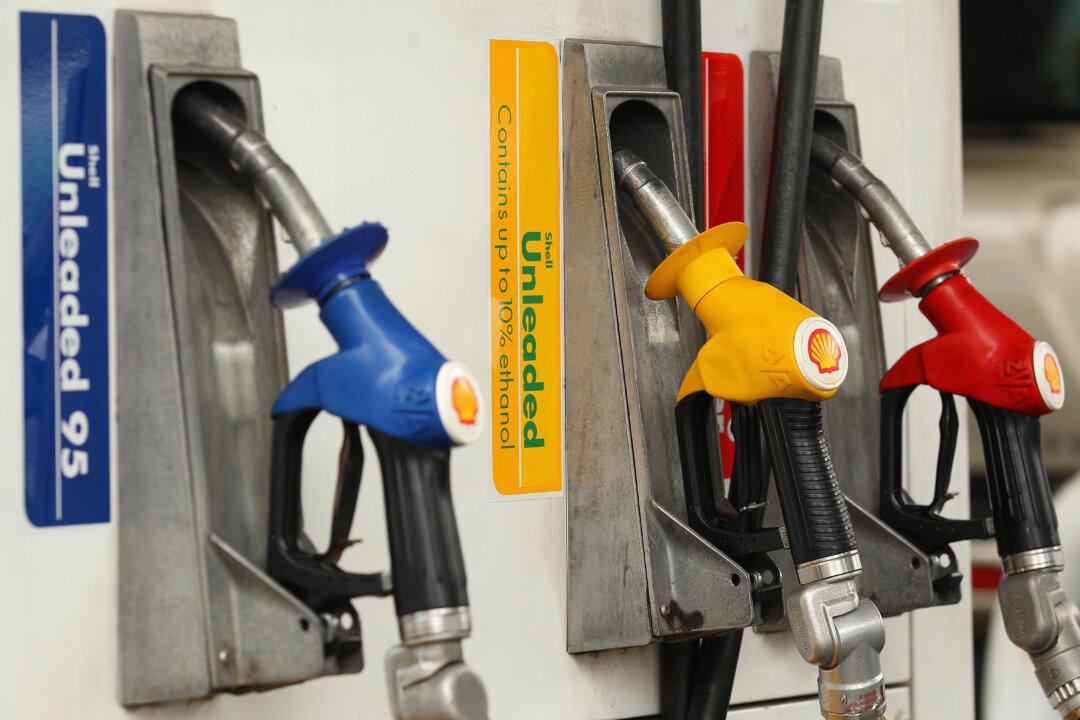Despite an alarming jump in Australian petrol prices in the last couple of weeks to new peaks, the Reserve Bank of Australia (RBA) said they are focused on the medium to long-term in regards to inflation.
The latest ANZ-Roy Morgan Consumer Confidence and inflation expectations saw inflation expectations jump 0.3 percentage points to 5 percent, the highest level since December 2014.





